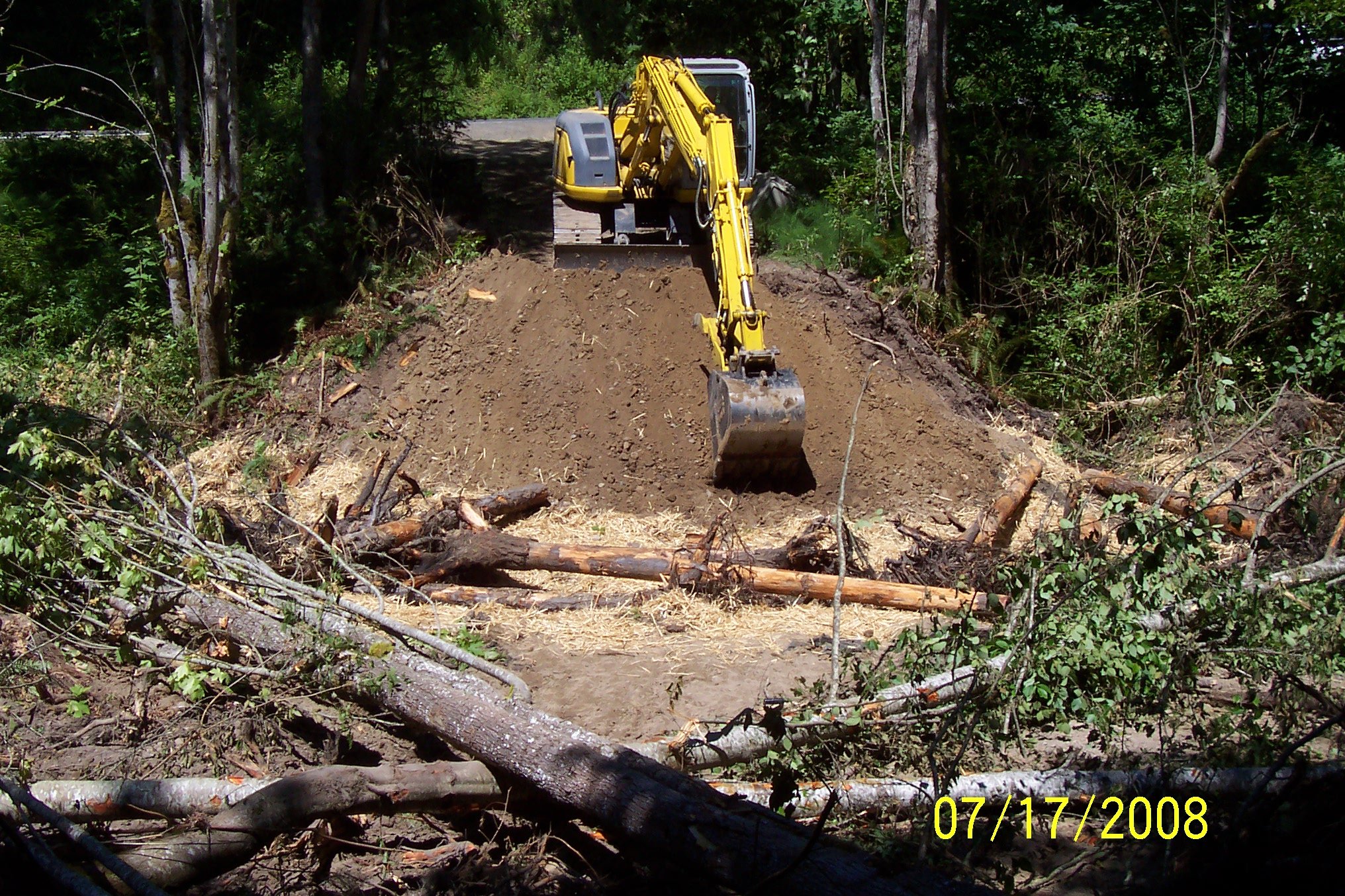
Resource Hub
Looking to learn something new?
Want information about a specific topic?
You've come to the right place.
Check out the pages below for our round-up of information on these important topics
We have a physical library of reports, historical documents, soil surveys, and books on everything from fish trapping to permaculture at our office. We don’t lend our reference materials out, but we are happy to have you look at them in our office. Note: Our office is currently open by appointment only. Please call 360-385-4105 or email info@jeffersoncd.org.



















